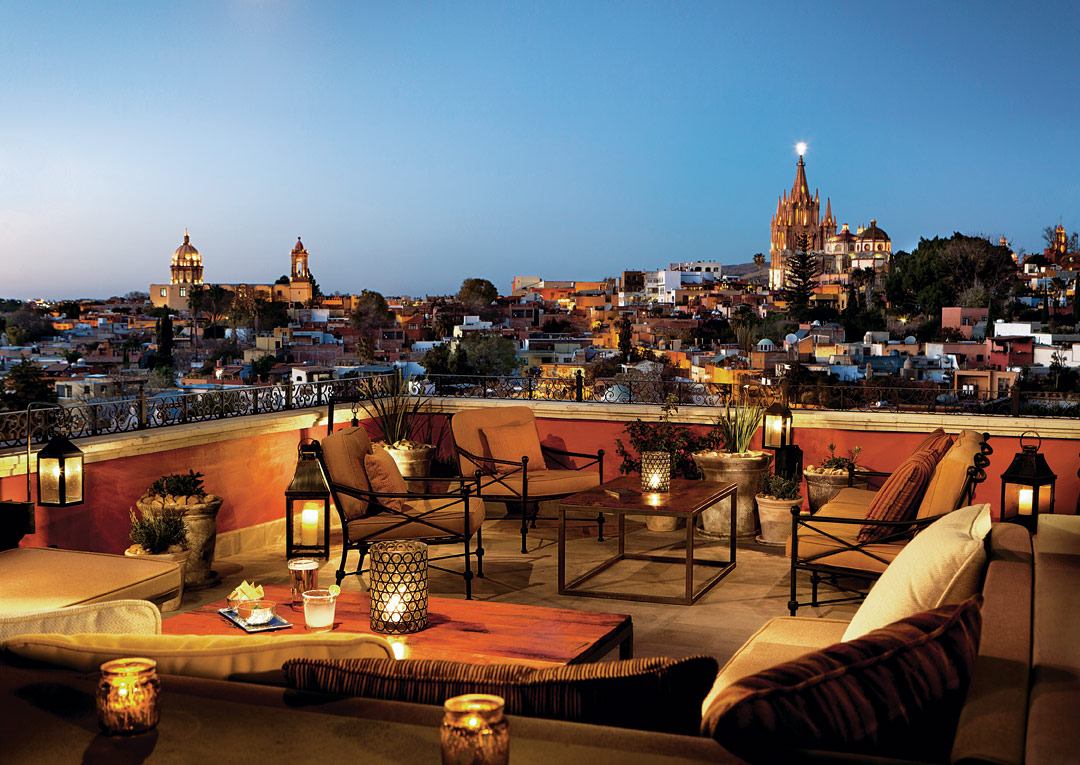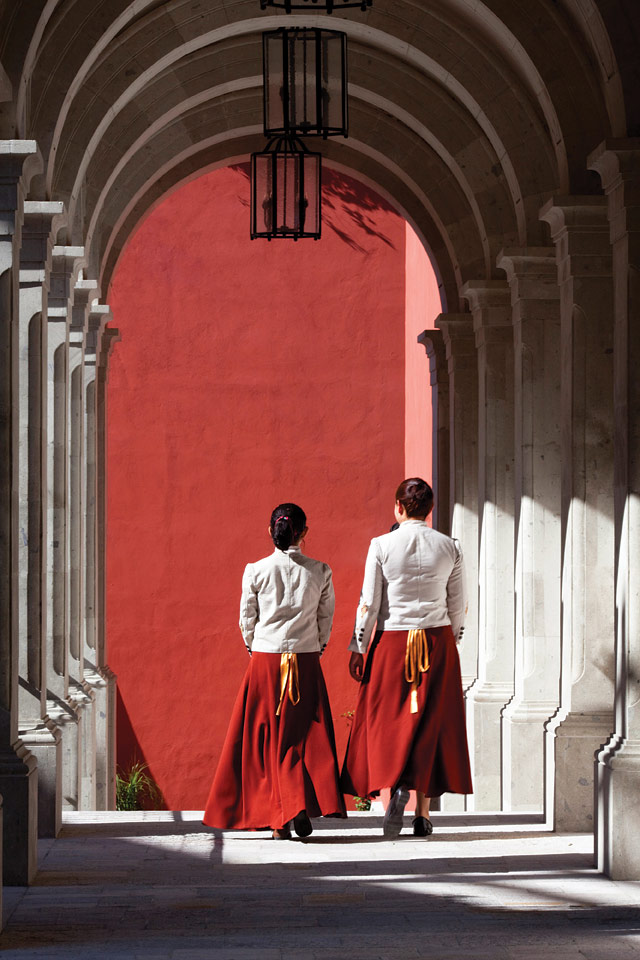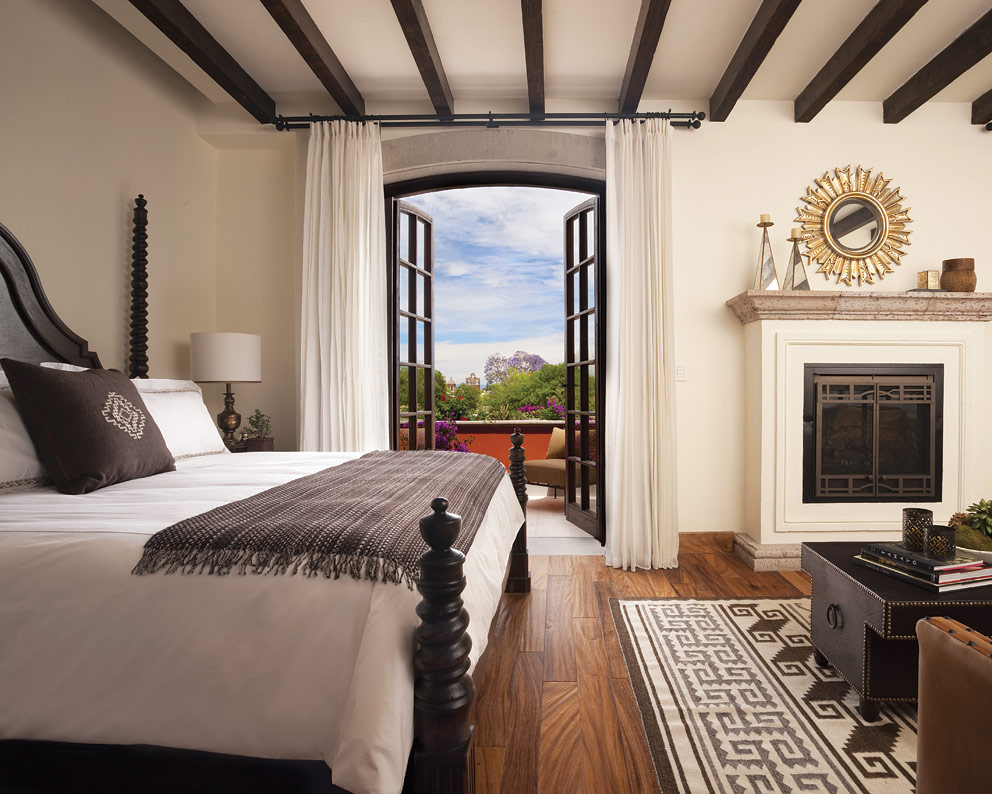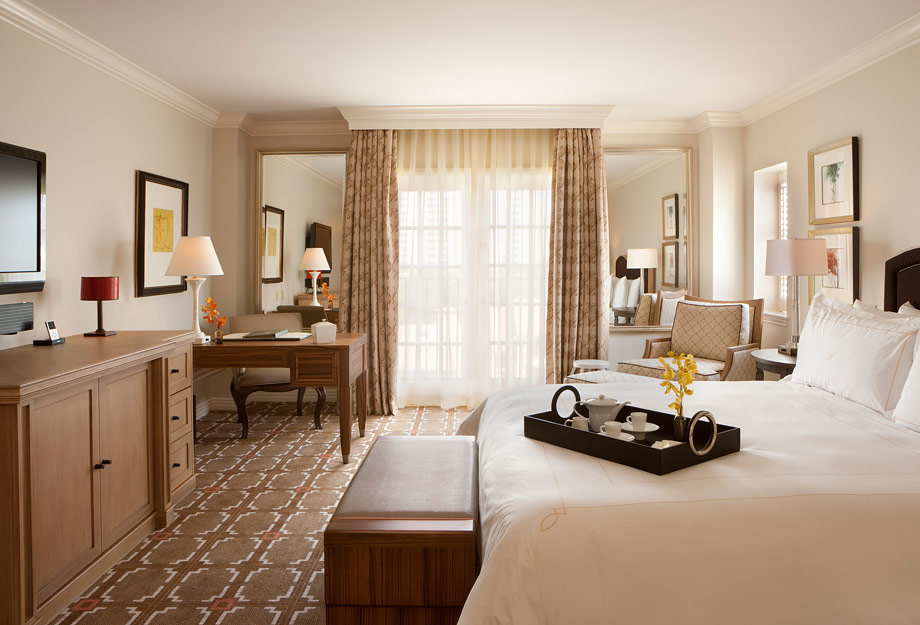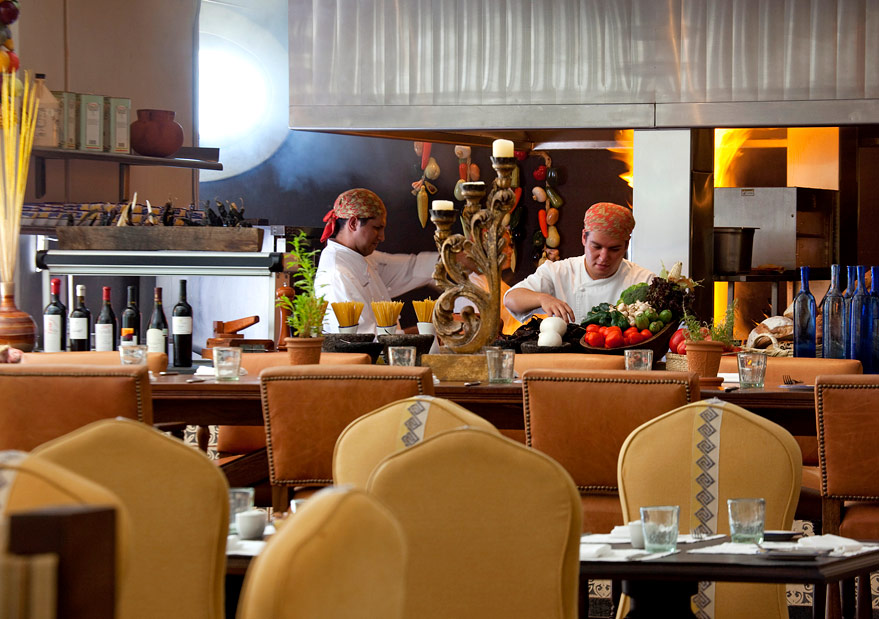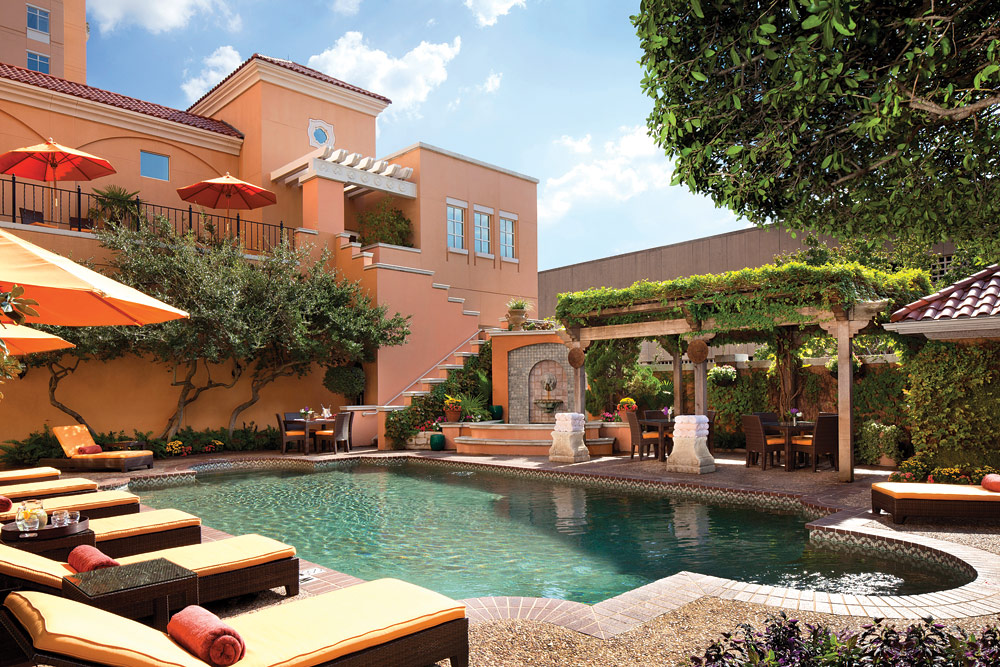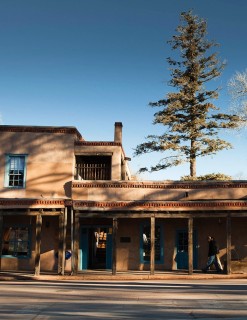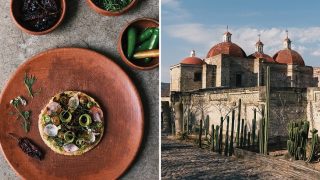“This is the corazón de México,” my driver says as we pull out for the 90-minute trip from León’s Guanajuato International Airport to San Miguel. “The heart of the country.”
He’s not being entirely figurative. Thirty kilometers down the road, he points to a mountaintop where a statue of Christ marks the geographical center of Mexico. But he also means that the undulating, mesquite-studded state of Guanajuato is a cultural and historic heartland—indeed, its the very cradle of Mexican independence. For it was here, in 1810, that native sons Ignacio José de Allende and Father Miguel Hidalgo sparked the rebellion that would free Mexico from Spanish rule.
At that time, San Miguel was a prosperous hub of the inland silver trade, lying as it did on the road from the mines of Zacatecas, San Luis Potosí, and Guanajuato to Mexico City, 275 kilometers to the southeast. By the early 20th century, however, a collapsing silver market and the deprivations of the Mexican Revolution had reduced San Miguel to a shadow of its former self. Yet respite followed revolution. In 1926 the town’s historic center was declared a national monument, and shortly thereafter became a stomping ground for Mexican and foreign artists and poets, including the Peruvian exile Felipe Cossío del Pomar, who opened the Escuela de Bellas Artes in 1938. Stirling Dickinson, the school’s young American direc- tor, recruited the likes of José Chávez Morado and the radical muralist David Alfaro Siqueiros to teach, and was soon advertising Bellas Artes (and later the Instituto Allende, which he co-founded in 1950) successfully to veterans on the GI Bill. San Miguel was officially back on the map—as an artists’ colony.
Today, more than 10,000 expats, largely retirees from the States and Canada, live in San Miguel, a city of 140,000 people. Some old hands will tell you that the gringos have spoiled the place, driving property (and restaurant) prices into the stratosphere and diluting the town’s authentic character. But Horacio Miquel Rendón doesn’t see it that way.
“San Miguel has always had an eclectic and mixed population,” says the Rosewood-appointed guide as he shows me around town on my second day. “Before the Spanish, this area was a crossroads for the Otomís, Chichi-mecas, Aztecs, and other indigenous peoples. With the Spanish came all sort of outside in-fluences: Moorish, Jewish, Italian. The Americans? They’re just the newest layer. And they’ve helped make this a rich place again.”
And so what if luxury homes have sprouted on the hills above San Miguel, and shopping malls on its outskirts? Or that there’s a Starbucks (a discreet one, mind you) just off the main square? Only a curmudgeon wouldn’t concede the enduring appeal of the 60 or so square blocks that comprise the intimate Centro Histórico, a UNESCO World Heritage Site since 2008. Paved with wonky cobblestones and lined with an unbroken march of high-walled houses limewashed in officially sanctioned shades of red, yellow, brown, and orange, the hilly streets of the old quarter are their own attraction. And there’s not a traffic light or a tour bus in sight.
From the Rosewood, a short walk takes us past Benito Juárez Park and El Chorro, an outdoor laundry fed by the spring around which San Miguel was founded by a Franciscan friar in 1542. Rendón then leads me up Calle Recreo, past the gates of a bullring (mercifully quiet) and the walls of a school yard (filled with shrill young voices) and on to the central plaza, El Jardín, where topiary trees provide shade for corn carts, shoe-shine chairs, and bench sitters admiring the pink neo-Gothic facade of La Parroquia, the parish church.
As emblematic as La Parroquia is of San Miguel (it’s the tallest building in town), I’m more impressed by the former home of Bellas Artes, a block to the east. It was built as a convent in the 18th century, and since the 1960s has served as a cultural center and art gallery, the Centro Cultural Ignacio Ramírez “El Nigromante.” Arcaded walkways give on to a splendid colonial-style courtyard with views of the domed rotunda of the neighboring church, Las Monjas (the Nuns). There’s an exhibition going on in one of its galleries, but it’s the Bellas Artes–era murals that grab my attention, particularly an unfinished 1948 work by Siqueiros. It fills almost half of the original convent’s refectory.




